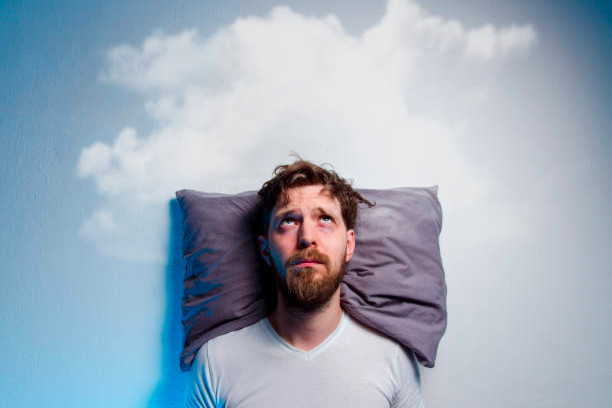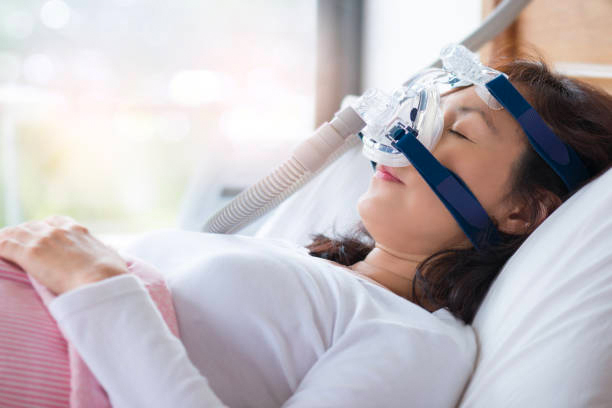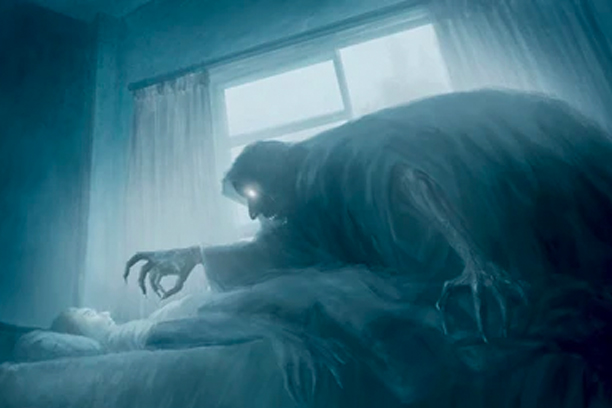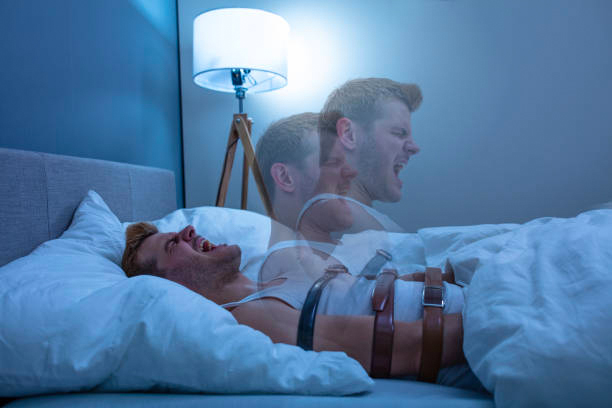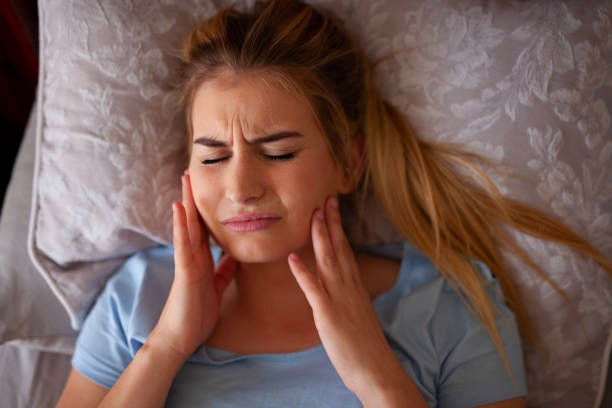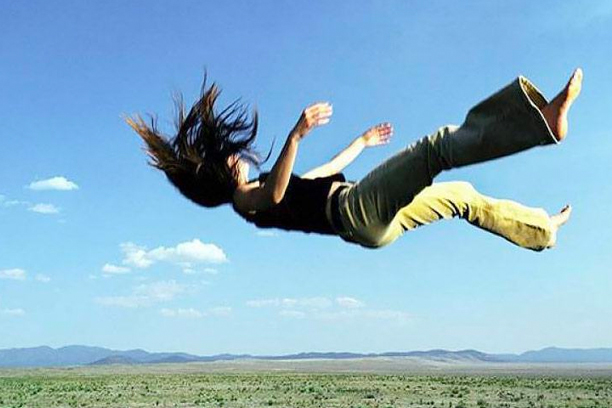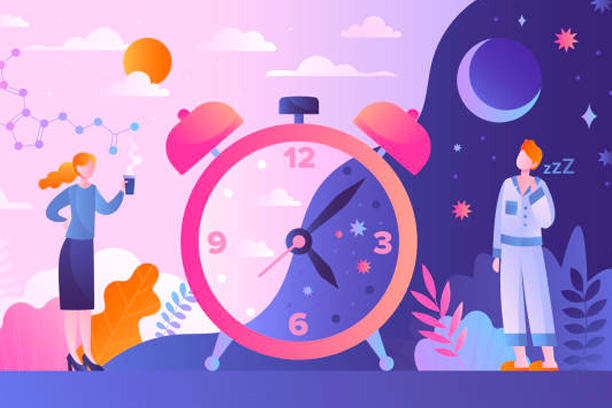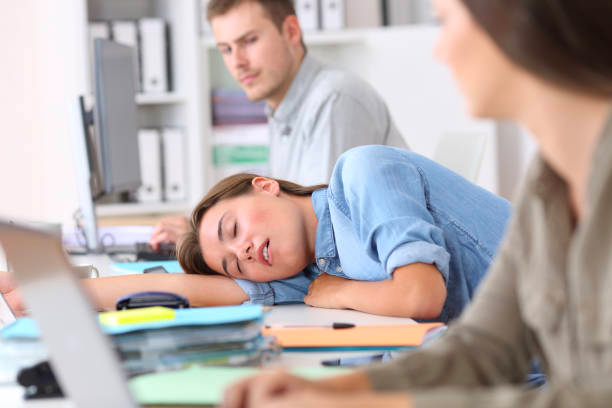Do you often have trouble sleeping? Do you find yourself tossing and turning all night long? If so, you are not alone. Millions of people around the world suffer from sleep problems every night. There are a variety of sleep problems that people experience. Here are ten of the most common sleep problems:
10 Top Sleep Disorders
Insomnia
This is when someone has difficulty falling asleep or staying asleep. People with insomnia often wake up feeling tired. This is when someone has difficulty falling asleep or staying asleep. People with insomnia often wake up feeling tired. Insomnia can be acute (short-term) or chronic (long-term). There are many possible causes of insomnia, including stress, anxiety, depression, medications, and underlying medical conditions. Insomnia is a common problem that can have a major impact on your quality of life.
Sleep Apnea
This is a condition where someone stops breathing for short periods of time while they are sleeping. It can cause loud snoring. People with sleep apnea are often tired during the day. Sleep apnea is a serious condition that can lead to high blood pressure, heart attacks, and strokes.
There are two types of sleep apnea: obstructive and central. Obstructive sleep apnea is the more common type. It happens when your throat muscles relax too much and block your airway. Central sleep apnea is less common. It happens when your brain doesn’t send the right signals to your muscles to breathe.
Sleep apnea can happen at any age, but it is more common in adults over 40 years old. It is also more common in men than women, and people who are overweight are more likely to have it. There are treatments for sleep apnea, but the best way to prevent it is to lose weight and quit smoking.
Restless Leg Syndrome
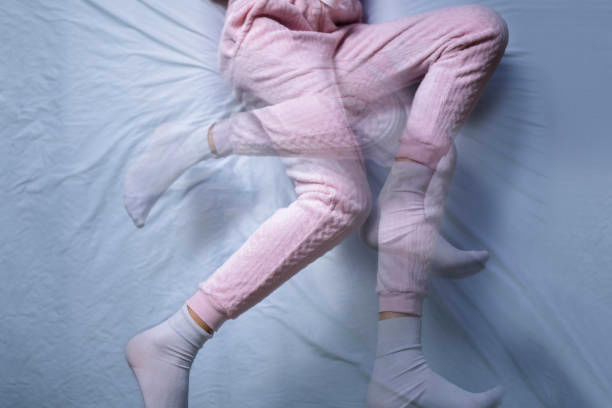
This is a condition where someone has an irresistible urge to move their legs while they are trying to sleep. It can make it difficult to fall asleep and stay asleep. There are a few things that can help with this condition.
- Exercise during the day: This can help tire out the legs and make it easier to fall asleep at night.
- Elevate the legs: This can help relieve some of the tension in the legs.
- Massage: This can also help to relieve some of the tension in the legs.
- Stretch: Doing some gentle stretches before bedtime can also be helpful.
If you think you might have restless leg syndrome, talk to your doctor. They may be able to prescribe medication that can help.
Nightmares and Night Terrors
Bad dreams that can cause fear, anxiety, and sleep problems while night Terrors are a type of nightmare that usually happens in young children. It is characterized by screaming, thrashing, and terror. Most people have nightmares occasionally, but for some, they are a regular occurrence. Nightmares can be caused by many things, including stress, anxiety, medications, and sleep disorders. There are two main types of nightmares: those that occur during REM sleep and those that occur during non-REM sleep. REM stands for rapid eye movement. This is the stage of sleep when most dreaming occurs. Dreams during REM sleep tend to be more vivid and story-like than dreams during other stages of sleep.
Non-REM nightmares are usually less intense and more like bad dreams than true nightmares.
Most people with occasional nightmares don’t need treatment. However, if nightmares are frequent or causing significant distress or insomnia, treatment may be necessary.
There are a number of different treatment options for nightmares, including:
- Cognitive behavioral therapy
- Stress management
- Medications
- Sleep hygiene
Cognitive Behavioral Therapy (CBT)
Cognitive behavioral therapy (CBT) is a type of psychotherapy that can help people with nightmares learn to change their thoughts and behaviors. CBT can be done in individual or group therapy sessions.
Stress Management
Stress management techniques, such as relaxation training and biofeedback, can help people reduce stress and anxiety, which may help reduce the frequency of nightmares.
Medications
Certain medications, such as antidepressants and anti-anxiety medications, may also be helpful in treating nightmare disorder.
Sleep Hygiene
Sleep hygiene is a set of habits that can promote better sleep. Good sleep hygiene habits include maintaining a regular sleep schedule, avoiding caffeine and alcohol before bed, and creating a calm and relaxing sleep environment.
Source:
What are Nightmares and night terrors? (2019, March 27). Retrieved from:
Nightmare Disorder: Treatment & Management. (2018, November). Retrieved from:
American Psychiatric Association.(2013). Diagnostic and statistical manual of mental disorders (Fifth ed.). Arlington, VA: American Psychiatric Publishing. pp. 247–248.
Sleepwalking
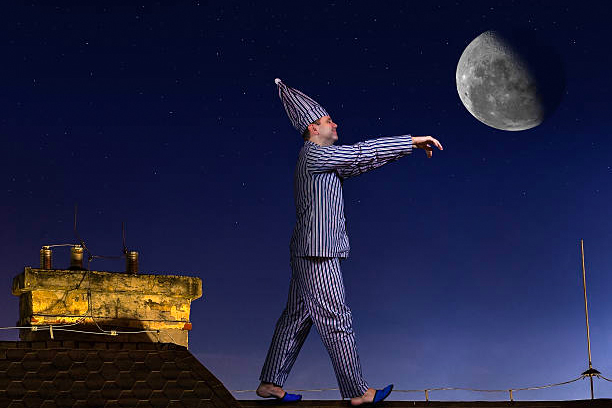
A condition where someone gets up and walks around while they are asleep. It usually happens during the deep sleep stage. There are many different causes of sleepwalking, but it is often genetic. It can also be caused by stress, sleep deprivation, or certain medications. Sleepwalkers usually do not remember their episodes, but they can be dangerous. They may hurt themselves or others if they are not careful.
Sleep Paralysis
A condition where someone is unable to move or speak while falling asleep or waking up. It can be a very frightening experience, especially if you don’t know what’s happening. Sleep paralysis is caused by a disruption in the normal sleep cycle. It can be caused by stress, sleep deprivation, or other factors. There are some things you can do to reduce your risk of sleep paralysis, such as getting enough sleep and managing stress.
Teeth Grinding (Bruxism)
A condition where someone grinds their teeth while they are sleeping. It can cause headaches and jaw pain. It can also damage your teeth. There are a few things that can cause teeth grinding, such as stress, misaligned teeth, and sleep disorders. If you think you might be grinding your teeth at night, see your dentist to get fitted for a mouth guard. Wearing a mouth guard can help protect your teeth from further damage.
If you think you might have bruxism, talk to your dentist about ways to treat it. In some cases, wearing a mouthguard at night may be all that is needed to protect your teeth. However, if bruxism is caused by an underlying condition like sleep apnea or TMJ disorder, other treatments may be necessary in addition to wearing a mouthguard.
Hypnic Jerk
An involuntary muscle contraction that occurs when someone is falling asleep. It can cause them to wake up suddenly similar to feeling like falling in a dream. Most people experience hypnic jerk occasionally but it can become more frequent and bothersome if someone is sleep deprived or under a lot of stress. There are also some medical conditions that can increase the frequency of hypnic jerk such as anxiety disorders, epilepsy, and narcolepsy.
If you’re struggling with hypnic jerk, there are a few things you can do to help reduce the frequency. Practicing relaxation techniques before bedtime can help lower your overall stress levels. Make sure to get enough sleep each night and avoid caffeine close to bedtime. Creating a comfortable sleep environment can also be helpful in reducing episodes of hypnic jerk.
While there is no cure for hypnic jerk, understanding what it is and taking steps to reduce stress and improve sleep can help lessen the frequency and impact of episodes.
Circadian Rhythm Disorders
A conditions that affect the body’s natural sleep-wake cycle. There are a variety of circadian rhythm disorders, each with its own set of symptoms and causes. Jet lag, for example, is caused by travel across time zones. Shift work sleep disorder occurs when a person’s work schedule does not align with their natural body clock.
Circadian rhythm disorders can be treated with lifestyle changes and medications. For jet lag, the best treatment is to gradually adjust to the new time zone by sleeping and waking at the same time each day. For shift work sleep disorder, treatments may include napping during breaks and avoiding bright light exposure at night. If you think you may have a circadian rhythm disorder, talk to your doctor about ways to improve your sleep quality.
Narcolepsy
A condition characterized by excessive daytime fatigue and sudden attacks of sleepiness during the day. People with narcolepsy may also experience hallucinations and paralysis while falling asleep or waking up. There are two types of narcolepsy: type one and type two.
Type One Narcolepsy
Type one narcolepsy, also called narcolepsy with cataplexy, is the more severe form of the condition. People with type one narcolepsy have sudden muscle weakness or paralysis when they experience strong emotions. This can be triggered by laughter, anger, surprise, or fear.
Type Two Narcolepsy
Type two narcolepsy is less severe and does not involve muscle weakness or paralysis. However, people with type two narcolepsy may still experience excessive daytime fatigue and sleepiness.
Narcolepsy can be a debilitating condition that significantly impacts a person’s quality of life.
In Conclusion
If you are experiencing any of these sleep problems, it is important to see a doctor or sleep specialist to find out the cause and get treatment. Treatments for sleep problems can range from lifestyle changes to medication. In some cases, surgery may be an option.


